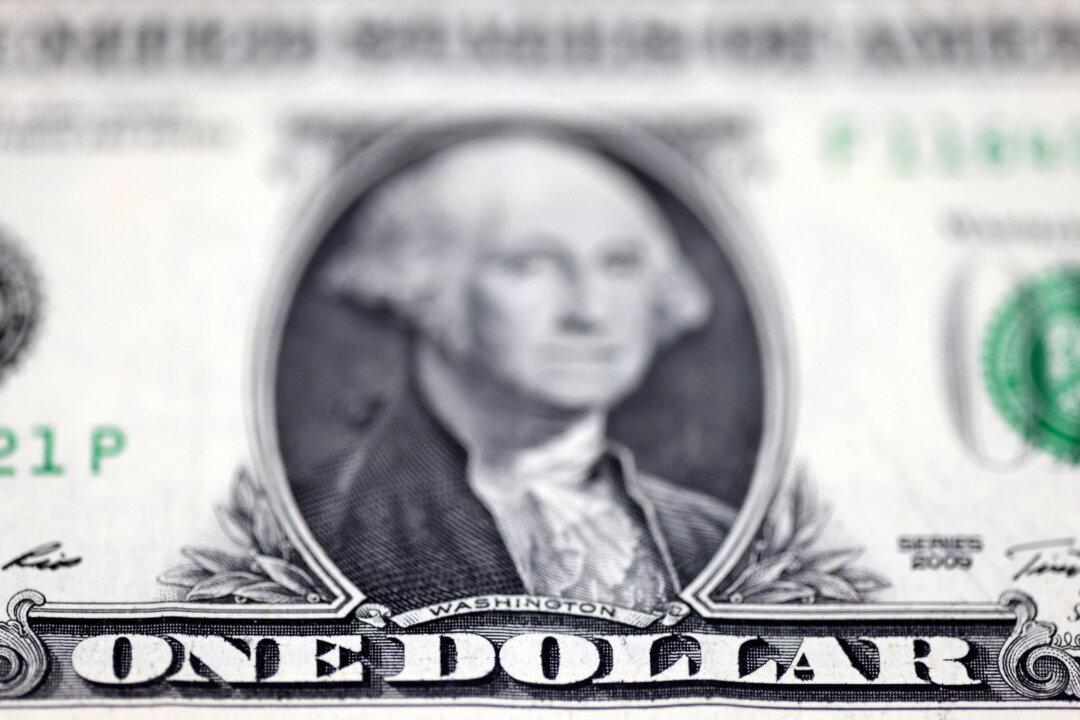LONDON—The dollar hovered around multi-week lows against the euro and sterling on Wednesday, after unexpectedly soft U.S. inflation data cemented the view that the Federal Reserve will not raise interest rates later in the day.
China’s yuan sagged to a 6–1/2-month trough after the central bank cut rates, and as speculation mounts that even more stimulus is on the way to support the sputtering post-COVID economic recovery.





